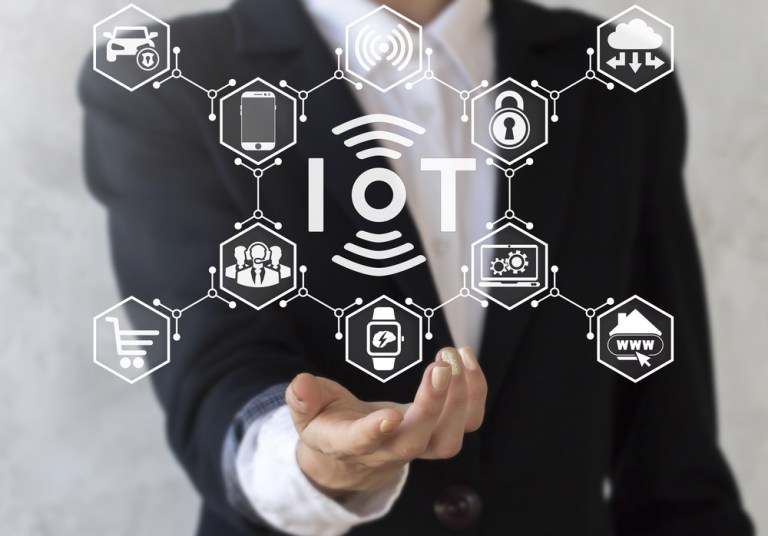
Google announced Wednesday (Feb. 21) that is has acquired Xively, a unit of LogMeln, for an undisclosed sum.
In a blog post, Antony Passemard, product management lead for the Google Cloud platform, said that the acquisition will complement Google Cloud’s effort to provide a fully managed IoT service that can connect easily and securely. With the addition of Xively’s enterprise-ready IoT platform, Passemard said the company can accelerate the customers’ timeline from IoT vision to product.
“By 2020, it’s estimated that about 20 billion connected things will come online, and analytics and data storage in the cloud are now the cornerstone of any successful IoT solution,” wrote Passemard. “Through this acquisition, Cloud IoT Core will gain deep IoT technology and engineering expertise, including Xively’s advanced device management, messaging and dashboard capabilities.” The executive noted that with Xively as part of Google’s cloud offering, it will be able to help customers create turnkey IoT products and solutions in a fast manner.
The acquisition meshes with Google’s strategy of bringing more artificial intelligence (AI) to its technology offering. In July, the company announced it is launching a new initiative, the People + AI Research (PAIR) initiative to study how humans and robots interact. With that understanding, researchers will be able to re-orient AI systems to enable people and machines to help each other. PAIR will look at new possibilities for AI applications and opportunities for making the technology more inclusive – as Fortune notes, not just letting the biggest companies hoard all the AI talent, but ensuring that everyone gets a piece of the smart pie.
Google said it wants to share this vision and work with external designers and academics, building a community around its research, as the company believes to be its mission. As of July 10, it has open-sourced two visualization tools – Facets Overview and Facets Dive – to help AI engineers better understand the early stages of the machine-learning process.